Last week, we shared our latest design: A makeover of a little girl’s room for the specific purpose of helping her sleep in her own bed. The makeover, focusing on a few of our favorite sleep tips, was featured on the daytime talk show The Doctors and features items available from Rosenberry Rooms. Today, we’re sharing our top tips for using great design to help a child sleep in his or her own room.
Window treatments: From nurseries to older children’s rooms, we always recommend two types of window treatments—a blackout solution and a light filtering solution. During daytime naps, the light filtering curtains will help control temperature and keep a child from becoming accustomed to sleeping in complete darkness. However, using blackout curtains at night will allow parents to keep consistent hours of sleep, in spite of time changes that allow late evening and/or early morning light in the room.
Sound Control: The sonic environment of a child’s room is very important. We highly recommend a simple white noise machine for all child spaces (we used a great Munchkin version in this project). This will set a consistent baseline, as well as provide a barrier for other noises (or lack of noises) in the rest of the home.
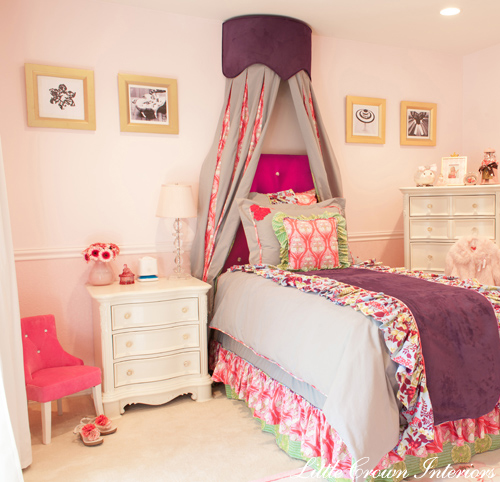
Lighting: All child spaces can benefit from two simple lighting solutions—a dimmer, which allows overhead lights to be lowered in the period before bedtime to “set the mood,” and a small light on a timer. The timer should turn the light off before bedtime and turn it on again when it’s acceptable to get up in the morning. This will set a clear visual signal for a child. If they wake up in the middle of the night or too early in the morning, the status of their light will immediately tell them whether or not they can get up.
Make it Theirs: While a nursery is generally considered a space for the parents to enjoy, there comes a time when a child is ready to have a space of their own. The transition usually occurs in a natural way sometime between two and four years. When your child is ready for a big kid room, be sure to fill it with things they love that are age appropriate. Remember that as they grow up and become more independent, they should have a space that reflects that.
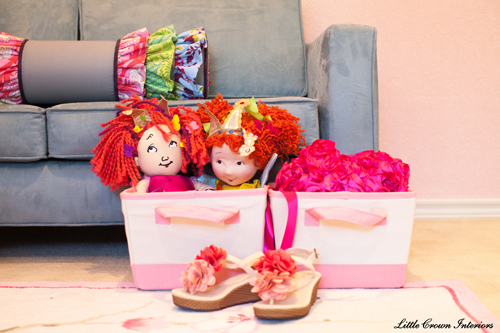
Calming colors: Although many children thrive in bedrooms of all color palettes, if you have a child who’s having trouble sleeping in their own room, consider a calming palette in light colors. The stimulation of bright colors may be too much for your little one.


Floor Plan: Whenever possible, particularly in the case where your child is having difficulty sleeping in their own bed, create a floor plan that accentuates the bed. If the room is focused on play things or study areas, the child can easily associate the space with those activities, rather than the important activity of sleeping through the night.
Scary Factor: Lots of things that seem normal to adults can seem scary to little ones, and those things should be removed or at least discussed. Imagine branches on trees outside of the window, a harmless hat hanging on a wall hook or a shadowy figure emanating from the hallway—the simplest things can look like monsters, especially in the middle of the night.

Try It Out: The single best thing we can suggest is to try out the room for yourself. We recommend that all parents try out their child’s bed and not just to sit on it for a minute or two. Really snuggle up in it. Is the mattress comfortable? Are the sheets soft? How do the pillows feel? How is the temperature? And, don’t forget, how does the bed smell? A great starting point for any comfortable bed is a set of soft organic sheets. Finally, be sure that there are extra blankets and pillows at arm’s reach to account for your child’s temperature or comfort changes in the middle of the night.
Is your child’s room somewhere you would want to sleep? Is it comfy, cozy, secure and wonderful? If so, you’re well on your way to using design to create a great sleep environment for your child!



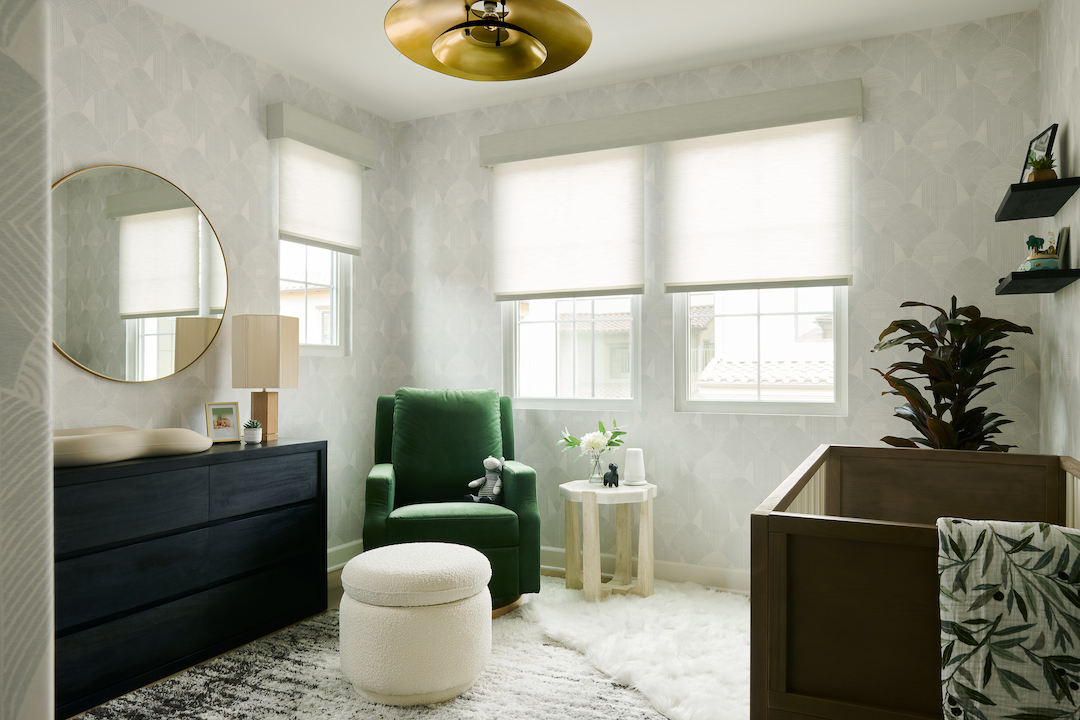

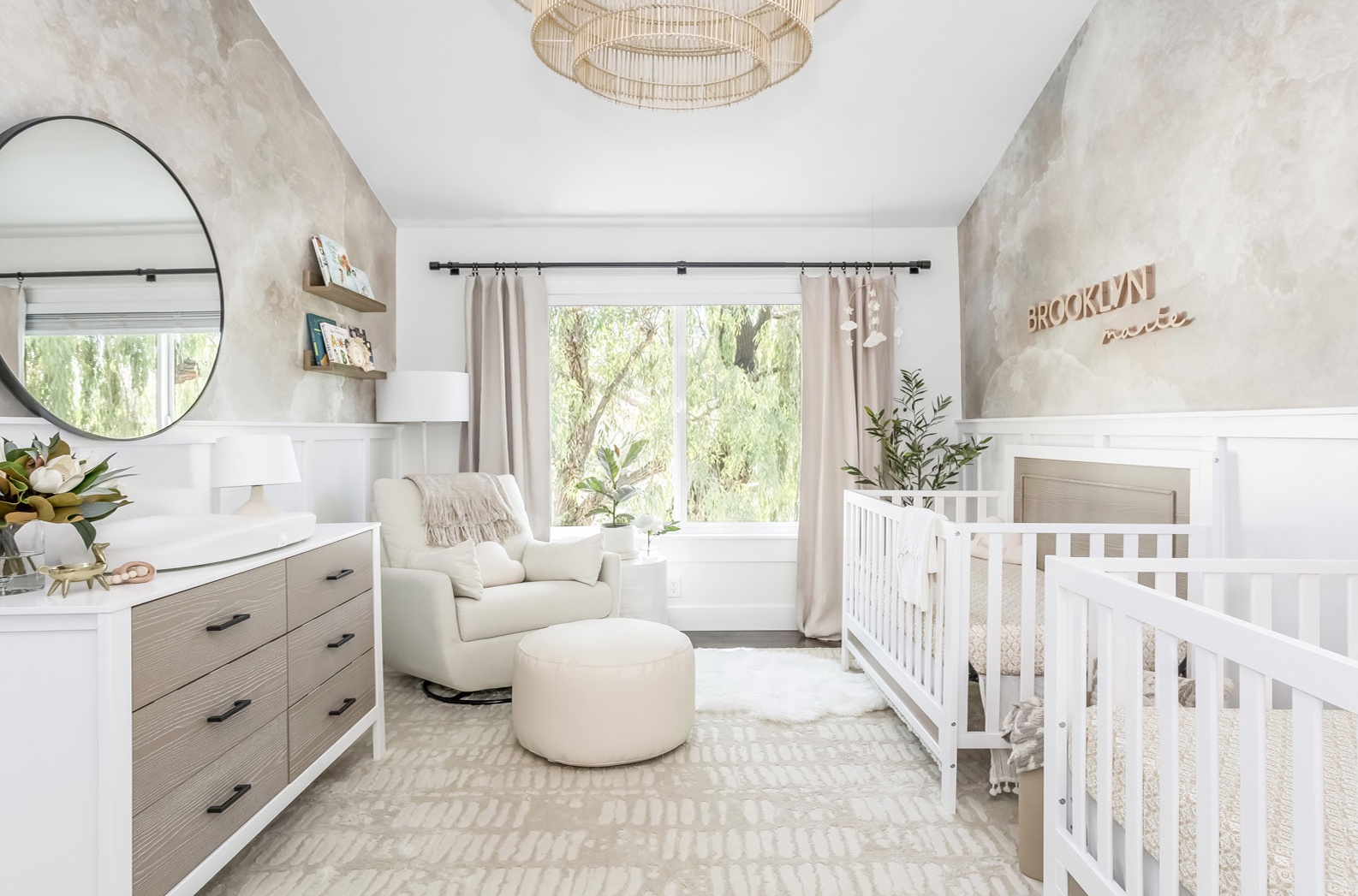
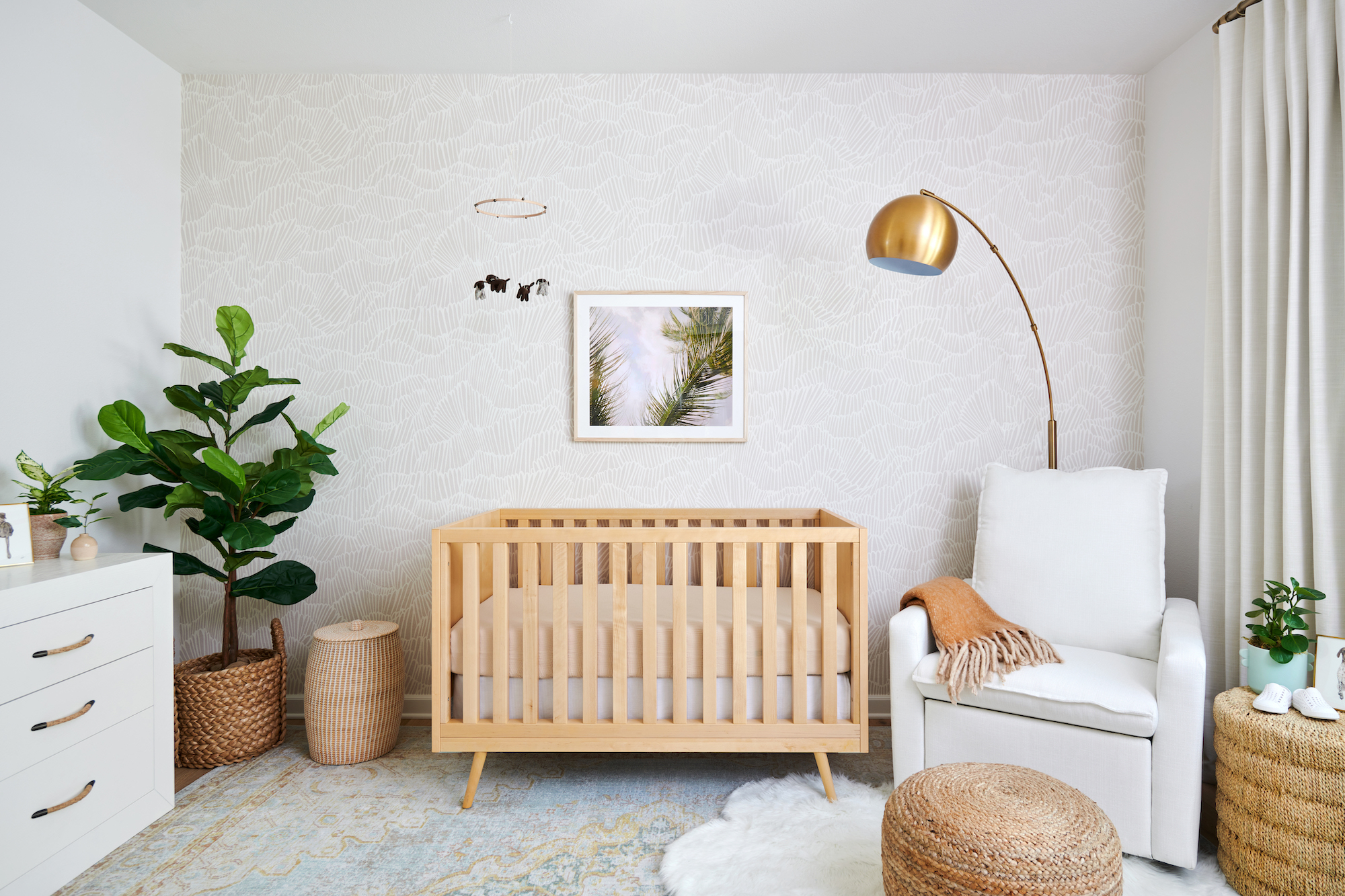
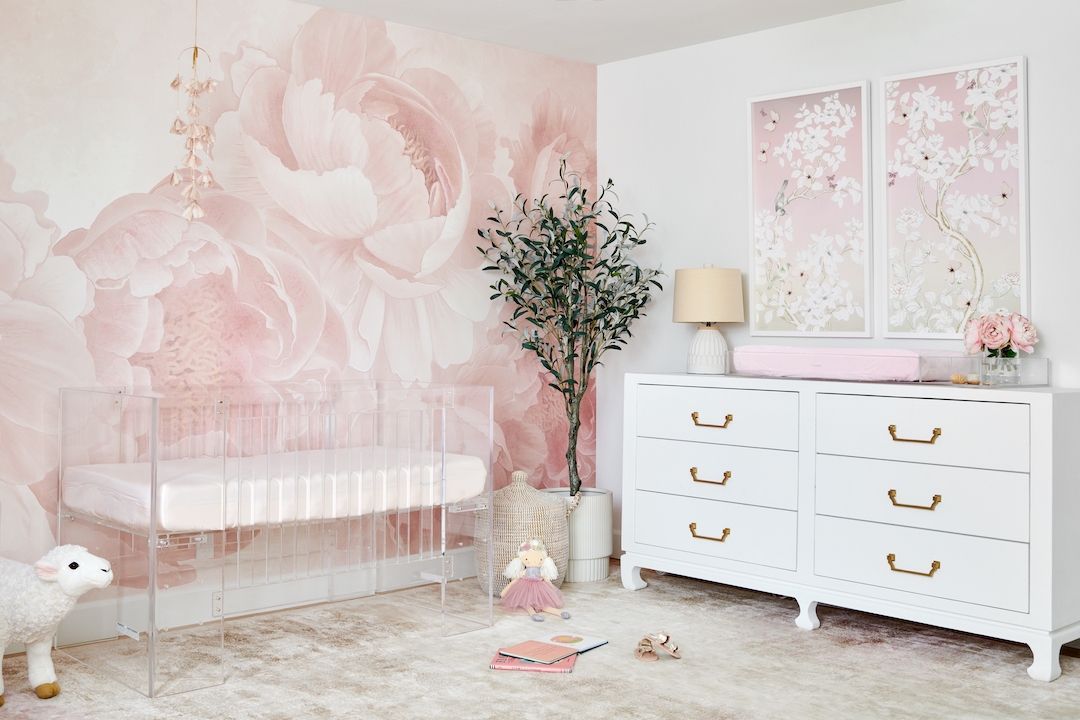
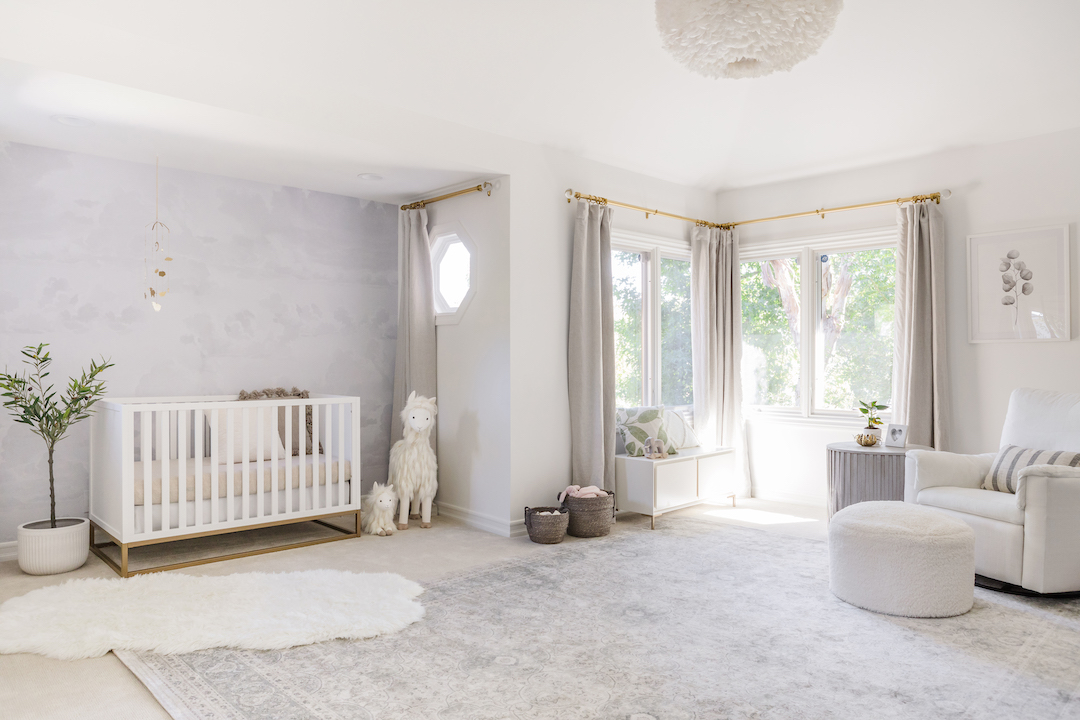
Comments
Emily
What ever happened to the parent being the parent??? Tuck your kids in bed, tell them goodnight, love you etc. End of story. There was no getting out of bed allowed at my house and it is the same way for my children. Sorry PN, I am a fan of your blog but this post is ridiculous!!
Little Crown Interiors
Little Crown Interiors just wanted to quickly comment on the post above: As designers we feel that it’s not our place to give parenting advice. Parents have to make the best choices for their families. We absolutely applaud households where the environment and family rules help induce a great night’s sleep. Our tips above are not meant to suggest how one should parent and/or discipline their children. Rather, they are meant to show some alternative ways that a bedroom can help give a child their much needed rest. After all, the combination of great parenting, well made rules, and a well planned space can all work together to give a child (and their parents!) many good nights of sleep.
Beth
Love the idea of a light on a timer! What a great way to let your child know when it’s time to get up.
Rissa
I am quite intrigued with this white noise machine. I hope it doesn’t sound like that static noise on TV or radio, because I heard from paranormal experts that it’s not really a great idea.
Amethyst
This has been shown? Man, I missed the episode!
Melisa
So proud of LCI! You guys are amazing. I love the tips. I in fact need them. My oldest never had any sleep issues. My little one, different story.
Zsa Zsa
I did give my daughter something she really likes for her bedroom- a reading lamp so that she can read before going to sleep. No sleep problems for her at all.
michelle
Little Crown Interiors,
A very gracious and well handled response!
Comfy
Very neat blog.Much thanks again. Really Great.
C
Could you please tell me what line of paint you used and colors, love! Also, where can I purchase the paintable wallpaper from, is there a name for it? Thanks!! You girls are amazing.